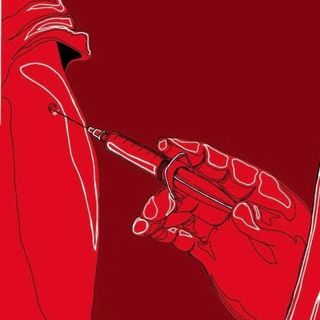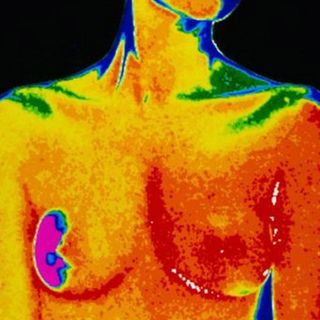One of the more ineffable parts of pregnancy is feeling fetal movement. The sensations are different from woman to woman, and can even differ between pregnancies; they can be disconcerting, as well as tremendously reassuring. But what is the baby doing in there? Why do babies kick during pregnancy?
First, fetuses don’t just kick in the womb; one of the earliest types of fetal movement is bending the neck, which happens around seven weeks’ gestation. As babies develop, they move more — hiccuping, stretching, yawning, thumb-sucking, fake breathing and, eventually punching and kicking with enough force for the mother to feel it, around 16 to 18 months into pregnancy. These punches and kicks are the movements pregnant mothers tend to feel most, and can be quite forceful: A fetal kick can peak at 30 weeks’ gestation with 4kg of force, though the strength of a baby’s kick declines after that, as the baby grows, leaving less space in the womb.
These punches and kicks are essential to healthy development of bones and joints, much in the same way exercise is essential to maintaining and building our own bone and joint strength. A baby that doesn’t move much during pregnancy may be susceptible to congenital disorders weaken joints and bones, Niamh Nowlan, a bioengineer at Imperial College London, told LiveScience.
That said, what constitutes a ‘normal’ amount of movement in the womb varies greatly. Most experts say that it’s not the overall amount of fetal movement that matters so much as whether there are significant changes from the norm. For instance, if a baby that typically moves a lot in the womb, becomes much less active, that could be cause for concern.
Baby kicks, especially during the third trimester of pregnancy, also aid brain development, which accelerates in the later stages of gestation. Fetal movements at that time allow babies to make a mental map of their bodies that corresponds to physical sensations, new research published in the journal Scientific Reports suggests. For example, the brains of newborns, when they kick, say, their right leg during REM sleep, fire up in the same region they use to process touch on that limb. And the size of these brainwaves is largest among premature newborns, who would typically still be developing in the womb. This type of brain activity disappears by the time the baby is a few weeks old.
“Spontaneous movement and consequent feedback from the environment during the early developmental period are known to be necessary for proper brain mapping in animals such as rats. Here we showed that this may be true in humans, too,” says study author Lorenzo Fabrizi, PhD, a professor of neuroscience, physiology and pharmacology at University College London.




